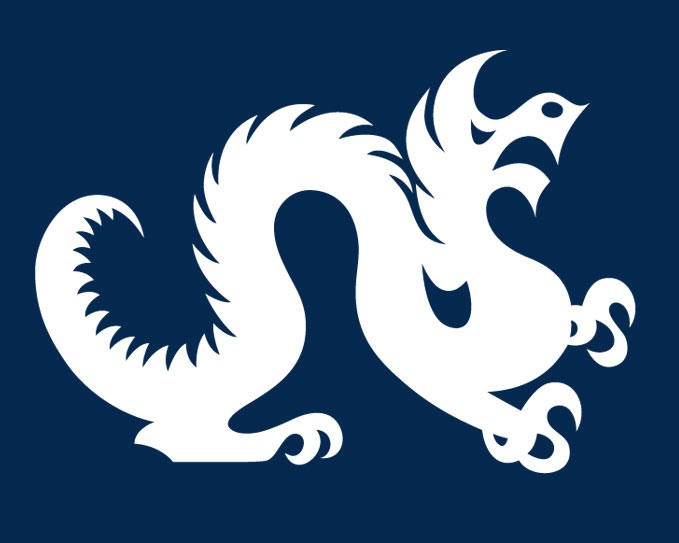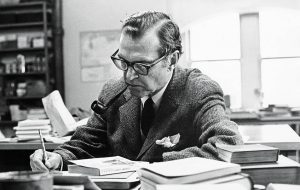Forget Sean Connery, Roger Moore, Timothy Dalton, Pearce Brosnan and even Daniel Craig. There was once a real James Bond in the not-so-distant past and Drexel has a rather unique connection to him. The real James Bond was no secret agent, but he was a spy…of sorts. A bird spy.
In 1953, while deciding on a name for the protagonist of his spy thriller “Casino Royale,” Ian Fleming drew inspiration from one of his avid hobbies: bird watching.
Having moved from the United Kingdom to Jamaica following his service during World War II, Fleming noticed what he would later describe as a “brief, unromantic, Anglo-Saxon and yet very masculine name” listed as the author on the cover of a book called, “Birds of the West Indies.”
That name, of course, was Bond. James Bond.
The man behind the name was a widely accomplished ornithologist, one who was so well respected that he was made curator of ornithology at the Academy of Natural Sciences of Drexel University in the 1920s.
The real Bond may not have been a secret agent, but he shared a flair for adventure of which his fictional namesake would approve. Bond led an expansion of the scope of ornithology at the Academy to include more specimens from across the world, including Africa and Asia. He went on hundreds of exhibitions to the Caribbean and even the Amazon River to build his collection of bird specimens, most of which are housed in the Academy’s collection today. The Academy also has a variety of medals and awards that he won for scientific study, a printing block from one of his books and even a scrapbook his wife, Mary Fanning Wickham Bond, kept of 007 memorabilia.
So while diamonds may be forever, Bond’s contributions to the Academy are lasting the test of time as well.



